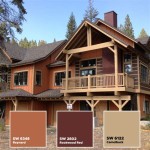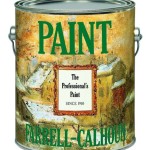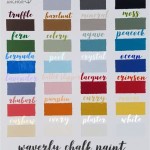Painting With Split Complementary Colors: An Essential Guide
Split complementary colors are a harmonious color scheme that consists of a base color and two colors adjacent to its complement on the color wheel. This creates a visually appealing and dynamic color combination that can add depth and interest to your paintings. Understanding how to use split complementary colors is crucial for artists who want to create balanced and impactful artworks.
To find the split complementary colors for a given base color, simply identify its complement on the color wheel. Then, select the two colors adjacent to the complement. For instance, if your base color is blue, its complement is orange. The split complementary colors for blue would be red-orange and yellow-orange.
When using split complementary colors, it's important to consider their proportions and placement. The base color should typically be the dominant hue, while the split complementary colors should serve as accents. Experiment with different ratios to find the balance that best suits your composition. Additionally, consider the placement of the colors to create visual interest and focal points.
Split complementary colors can be used to create various effects in paintings. For example, they can be used to:
- Enhance depth: By placing the split complementary colors on opposite sides of the base color, you can create a sense of depth and dimension.
- Create contrast: The contrast between the base color and the split complementary colors can create a striking visual effect that draws the viewer's attention.
- Add warmth or coolness: Split complementary colors can be used to adjust the overall temperature of a painting. Using warm split complementary colors (e.g., red-orange, yellow-orange) can create a sense of warmth, while cool split complementary colors (e.g., blue-violet, red-violet) can create a sense of coolness.
Here are some tips for using split complementary colors effectively in your paintings:
- Experiment with different variations: Don't limit yourself to the traditional split complementary colors. Try experimenting with different variations to find the combination that works best for your subject matter and style.
- Consider the context: The context of your painting can influence the choice of split complementary colors. For instance, if you're painting a landscape, you might want to use colors that reflect the natural environment.
- Pay attention to values: The values of the split complementary colors are just as important as their hues. Make sure to adjust the values to create the desired level of contrast and depth.
Mastering the use of split complementary colors can significantly enhance your ability to create visually appealing and dynamic paintings. By understanding their harmonies and effects, you can confidently incorporate them into your artworks to achieve stunning results.

Abstract Composition With Complementary Colors Double Split Color Scheme
John Tubbs Starting Art Late In Life Still Class Project Split Complementary Color Scheme

Split Complementary Colors

Split Complementary Color Landscape By Klngggirl On Deviantart

Complementary Colour Paintings For Kids Ofamily Learning Together

Split Complementary Colors Whale By Hikasawr On Deviantart

13 Best Split Complementary Colours Images On Color Scheme Colors

Tertiary Monochromatic And Ogous Colors Outdoorpainter

Double Complementary Color Schemes Creative

Landscape Color Strategies Part 1 The Harmony Of Ogy
Related Posts








